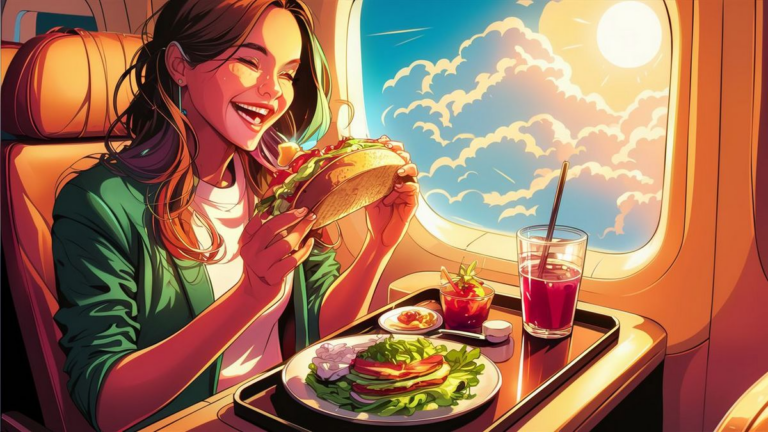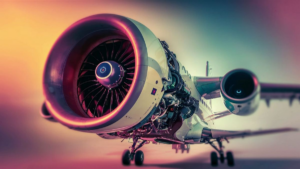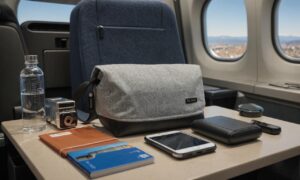When it comes to traveling by air, one of the common queries that passengers often have is whether they can bring food along with them. This article aims to provide comprehensive guidance on this matter to ensure a hassle-free travel experience.
Understanding Transportation Security Administration (TSA) Regulations
The Transportation Security Administration (TSA) oversees security measures at airports in the United States. Their regulations dictate what items are permitted in carry-on and checked baggage. In the context of food, TSA rules primarily concern liquids, gels, and items that could potentially pose a security risk.
General Guidelines for Packing Food
In general, solid food items are allowed in both carry-on and checked baggage. However, there are certain considerations to keep in mind:
- Food items should be properly wrapped or contained to prevent spillage or contamination.
- Avoid packing foods with strong odors as a courtesy to fellow passengers.
- If carrying liquids or gels (such as sauces, spreads, or beverages), they must adhere to the TSA’s 3-1-1 rule.
Carry-On vs. Checked Baggage
While most food items are permitted in both carry-on and checked baggage, there are some distinctions to be aware of:
| Carry-On Baggage | Checked Baggage |
|---|---|
| Snacks (e.g., sandwiches, fruits, nuts) | Large quantities of food |
| Dry foods (e.g., granola bars, crackers) | Homemade or perishable items |
| Beverages purchased after the security checkpoint | Frozen or partially frozen foods |
Special Considerations
For travelers with dietary restrictions or preferences, bringing food on board can be essential. Those with allergies or specific dietary needs should plan accordingly and inform airline staff if necessary.
International Travel
When flying internationally, it’s crucial to be aware of customs regulations in both the departing and arriving countries. Certain foods may be subject to inspection or prohibited altogether. Researching the regulations of each country beforehand can help avoid any issues.
In conclusion, yes, you can take food on a plane. However, it’s essential to adhere to TSA guidelines and consider the practicality of packing certain items. By planning ahead and packing responsibly, travelers can enjoy their favorite snacks and meals while flying without any hassle.
od Safety Tips for Air Travel
Ensuring food safety during air travel is paramount to avoid any health risks or inconvenience. Consider the following tips:
- Opt for non-perishable foods or those with a longer shelf life to prevent spoilage.
- Use insulated containers or cold packs for perishable items to maintain their freshness.
- Avoid consuming foods that have been left at unsafe temperatures for extended periods.
Frequently Asked Questions
Here are some common questions related to bringing food on a plane:
- Can I bring homemade meals?
- What types of foods are typically prohibited?
- Are there any restrictions on bringing food for infants or young children?
| Prohibited Foods | Allowed Foods |
|---|---|
| Items containing liquid or gel exceeding 3.4 ounces | Pre-packaged snacks |
| Fruits and vegetables with visible signs of spoilage | Dry snacks like nuts and crackers |
| Alcoholic beverages above the permitted limit | Baby formula or breast milk (subject to additional screening) |
Following these guidelines and being aware of any specific regulations can help ensure a smooth and enjoyable travel experience for all passengers.
See also:






